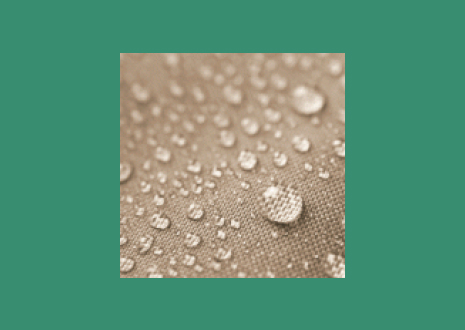Glossary

Absorbency refers to the degree to which a surface or marital takes in liquids.
Materials with high Absorbency such as matte painted walls, plaster and untreated wood (especially softwoods) take in liquids easily. As a result, this can make them prone to staining, mould and frost damage. Materials that aren’t absorbent like plastics, treated wood, glossy paint and tiles do not take in liquids easily, if at all. This makes them more resistant to staining, mould and frost damage.
Materials such as: sealant, paints, grout and cement/concrete transition from high Absorbency to low Absorbency when they have dried or cured.
So when using these materials it’s important to be conscious of what moisture or liquids get absorbed as this can affect the drying/ curing time and its finish. Along with the same principle, surfaces can be treated to change their Absorbency. Primer is used on a surface to provide a non Absorbent layer before painting and wood Varnish creates a non Absorbent shell protecting the wood.

Acrylic is a term that refers to products that contain compounds derived from acrylic acid (for example Polyacrylonitrille and PMMA) is a glassy thermoplastic that can be used in adhesives, paint, fillers and coatings or can be cast and moulded. Acrylics are a collection of materials that pertain to a wide range of uses in […]
Fanlight wind
A fanlight is a semi-circular window that can sometimes be found above other windows but is more commonly placed above doors. The common design has traceries or glazing bars radiating from a single point like the spokes of a wheel with glass in between. This wooden window typical design is what gives it its name […]
Obtain Free,
No-Obligation Quotation